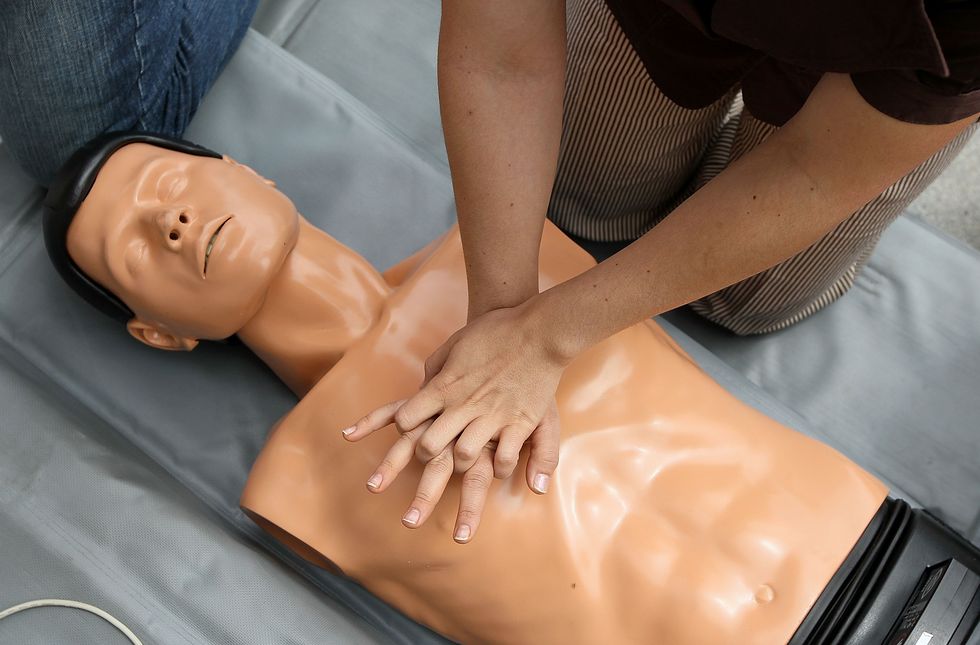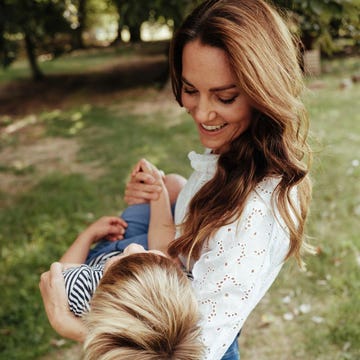Just in case your were thinking of choking on an olive anytime soon (please don't) then, listen up.
A new study has found that people with breasts are more likely to die in a situation where they might survive if given CPR, because people are afraid to touch their chest area.
Stat News reports a study conducted by researchers of 20,000 cases of heart attacks across the US shows a worrying trend in how men and women are treated by bystanders, according to their perceived gender.
The study found that only 39 percent of women suffering cardiac arrest in a public place were given CPR versus 45 percent of men, and men were 23 percent more likely to survive.
'It can be kind of daunting thinking about pushing hard and fast on the centre of a woman's chest' making some people fearful of hurting the woman, said Audrey Blewer, a University of Pennsylvania researcher who led the study.
Right, so let me get this straight - people are more worried about touching a woman's boobs at the risk of hurting them than watching them die.
Isn't that just dandy?
Another study leader, Dr. Benjamin Abella, said that bystanders are worried about moving a woman's clothes or touching her breasts, despite the fact that if you administer CPR in the correct manner, you wouldn't even need to do this.
As the British Heart Foundation explains, to administer CPR, rescuers should place the heel of one hand in the centre of the chest and place the other on top of the first before pushing the breastbone down firmly and smoothly.
If anything you're touching in between the breasts, with no real need to remove any clothing.
'This is not a time to be squeamish because it's a life and death situation,' Abella added.
While researchers had no specific information on rescuers or why they may have been less likely to help women, they did find that no gender difference was apparent in CPR rates for people who had taken ill at home, where a rescuer is more likely to know the person needing help.
As a result, they believe there may be a subtle bias towards males and urge officials to reconsider how CPR trainings are taught, including the wide use of a male torso mannequin for demonstrations.
Warning to all men and women: in a life and death situation, the last thing you need to be thinking about is a bruised boob.

Katie O'Malley is the Site Director on ELLE UK. On a daily basis you’ll find Katie managing all digital workflow, editing site, video and newsletter content, liaising with commercial and sales teams on new partnerships and deals (eg Nike, Tiffany & Co., Cartier etc), implementing new digital strategies and compiling in-depth data traffic, SEO and ecomm reports. In addition to appearing on the radio and on TV, as well as interviewing everyone from Oprah Winfrey to Rishi Sunak PM, Katie enjoys writing about lifestyle, culture, wellness, fitness, fashion, and more.














